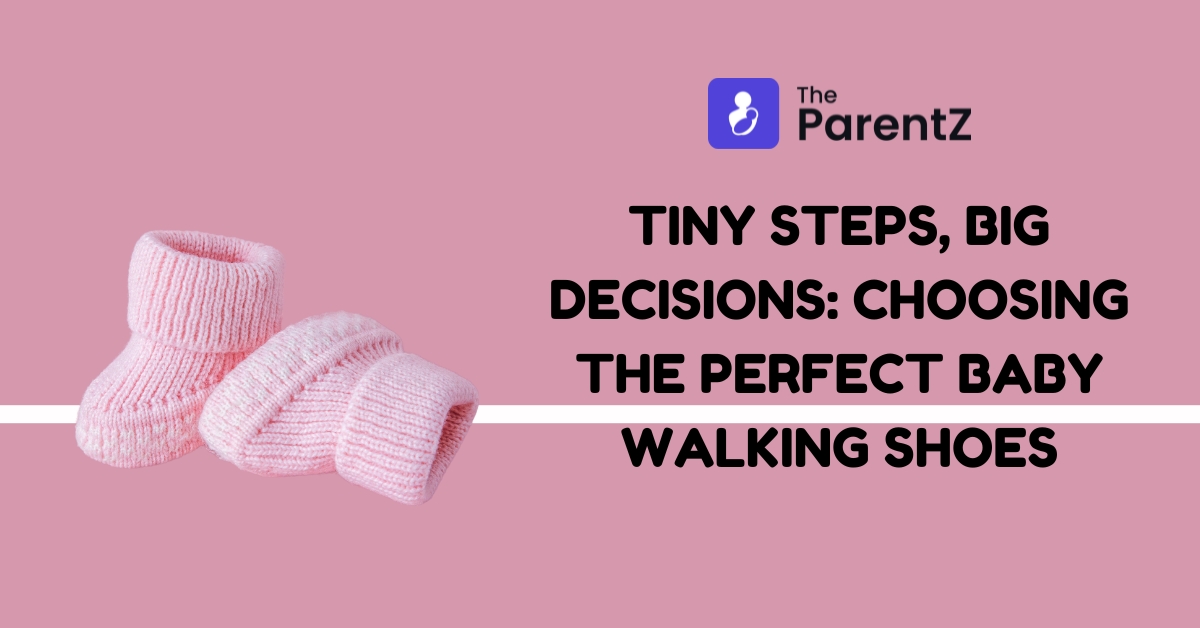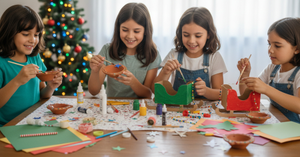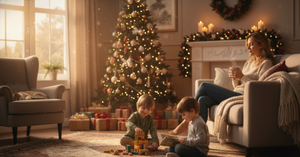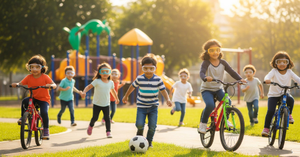Introduction
Watch those tiny toes wiggle! First shoes have a significant impact on healthy development and self-assured steps. However, with so many choices and considerations to keep in mind, how do you find the perfect match for your child? These are some guidelines to help you through the stages.
Fit for Growth
Since babies’ feet grow very rapidly, you should measure them carefully and with some frequency. Do not purchase big-size shoes, hoping that they will serve you for a long time. Loose shoes can lead to blisters, falls, and bad walking. Rather, purchase shoes that allow for some growth room but not more than a quarter of an inch between the toes and the tip.
You must also select flexible materials so as not to limit the natural development of the foot. Do not wear stiff or rigid shoes that may limit the development of your foot muscles and bones. Find shoes that are comfortable and flexible, mimicking the shape of a foot. For more insights on supporting your child’s natural foot development, read on about the perfect baby walking shoes.
Grip and Support
Infants require a pair of shoes that make them feel secure and balanced while acquiring the habit of walking. To this end, you need to seek out shoes that are slip-resistant and ensure traction on various surfaces. Choosing rubber or leather soles is a good idea because of their grip and cushioning effects.
Alternatively, going for lightweight designs offering maximum ankle and leg flexibility is recommended. The foot and leg are not able to move naturally due to the use of heavy or bulky shoes, which makes one feel tired as well as uncomfortable. Seek thin and ventilated footwear that provides a snug hold to the heel as well as around the ankle.
Breathable Comfort
The feet of babies have to breathe since they tend to sweat and overheat quickly. This is why you need to find shoes that are made of natural materials (leather or canvas) that allow air circulation and avoid fungal infections and odors. Materials like plastic or nylon can tend to retain moisture and heat, leading not only to itching but also allergies.
You should also find slip-ons, as babies may be difficult and restless. It is more convenient to wear shoes that possess velcro, snaps, or elastic because they are easy and quickly adjustable. Do not wear shoes that come with laces, buckles, or zippers because they are hard to fasten and unwind, besides presenting a choking hazard.
Durability Matters
Babies are curious and explore every corner, so they cannot avoid the dirty shoes. That is why you must seek durable shoes that can resist crawling, walking, and outdoor trips. Select shoes that are strong, easy to clean, and do not fall apart when worn a few times.
You might also want to look into reinforced toes and heels for further security. When walking, babies often drag their feet and trip, so shoes should be able to prevent toe-stubbed ankles as well as heel bumps. Choose shoes that have rubber caps or bumpers on the toes and heels, or those with extra stitching or padding.
Style and Function
Shoes can be practical as well as stylish. There are some adorable and trendy products that can inspire your toddlers to put on their shoes and display them. Choose shoes that are colorful, have interesting designs, or feature adorable characters loved by the little one.
You can also allow your baby to choose a color or pattern that he or she likes, as long as it meets the other requirements. This could make them feel even more connected to their shoes and interested in building up their taste as well.
Consider the season
Your selection of shoes is also guided by the seasons and weather. You need to ensure that your baby’s feet are comfortable and suitable for the temperature conditions. In warm weather, you can recommend sandals that are light in weight or shoes made of mesh that will keep your baby’s feet cool and dry. For the winter season, you can suggest warm, waterproof boots that keep your baby’s feet snug and protected from snow and rain.
Listen to Your Baby
The main advice is to listen closely to the baby’s reactions when presenting various types of footwear. If they have any difficulties or discomfort, you should try to switch them until the right pair is found. Never make your baby wear shoes that they do not want or that cause their feet any pain. Recall that all babies vary, so what works for one may not work for the next.
Conclusion
However, selecting the ideal shoes for your baby may be such a daunting task, but these tips will help you make it easier and more enjoyable. Don’t forget to find comfortable shoes that have traction and support, as well as breathable comfort. And more importantly, cherish each tiny step of the way as your little one walks into this world.









Be the first one to comment on this story.